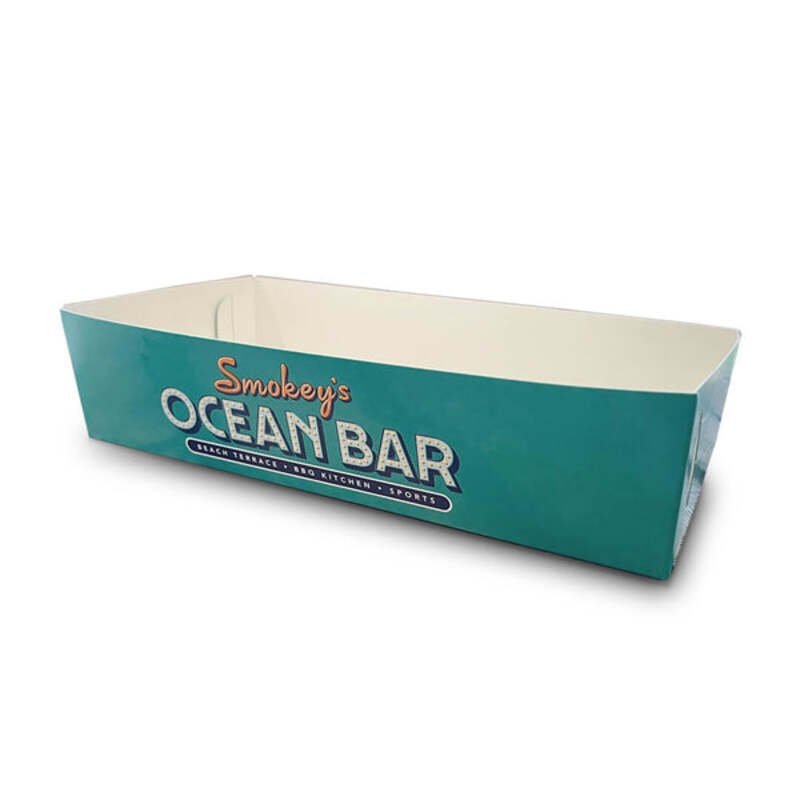The Versatility of Rigid Boxes in Packaging
In the world of packaging, few items rival the appeal and functionality of rigid boxes. Often associated with luxury items and high-end products, rigid boxes are more than just attractive exteriors; they play a critical role in the protection and presentation of a wide variety of goods. Their robust structure, combined with their versatility, makes them a favored choice for many industries, including cosmetics, electronics, and gourmet foods.
What Are Rigid Boxes?
Rigid boxes, also known as set-up boxes, are made from thick paperboard, giving them a sturdy and durable quality that is markedly different from its flexible counterparts. Unlike typical cardboard boxes that can be flattened, rigid boxes maintain their shape and provide a premium aesthetic appeal. They come in various sizes and shapes, allowing for customization to suit different products and brand identities.
Advantages of Rigid Boxes
One of the primary benefits of rigid boxes is their ability to protect contents effectively. With the ability to withstand pressure and impacts, they safeguard products from damage during shipping and handling. This is especially important for fragile items, such as glassware or electronics, which can suffer from even minor shocks or drops.
Additionally, rigid boxes offer superior presentation. The thickness and stiffness of the box create a quality feel that reflects positively on brands. Customers are often attracted to visually appealing packaging, and a well-designed rigid box communicates a sense of luxury and professionalism. This makes rigid boxes an excellent choice for brands looking to enhance their product presentation and customer experience.
Customization Options
rigid boxes

Rigid boxes are known for their customization possibilities. Brands can choose from a variety of finishes, colors, printing options, and additional features like embossing, foiling, and custom inserts. This level of customization allows companies to create unique packaging that resonates with their target audience and sets them apart from the competition. For example, a beauty brand might choose a sleek black rigid box with gold foil accents to convey a sense of elegance, while a tech brand might opt for a modern design with vibrant colors and a matte finish.
Sustainability Concerns
In an era where consumers are increasingly environmentally conscious, the sustainability of packaging materials has become a significant concern for brands. Rigid boxes can be produced from recycled materials, and their durability means they can be reused or repurposed, reducing waste. Brands are also exploring eco-friendly printing technologies and finishes to align with sustainable practices. This consideration for environmental impact can enhance a brand’s image and appeal to eco-conscious consumers.
Applications Across Industries
The application of rigid boxes spans various sectors. In the cosmetic industry, brands utilize them to package perfumes, skincare products, and makeup, leveraging their aesthetic appeal to entice consumers. Electronics manufacturers often employ rigid boxes to house gadgets and accessories, ensuring they arrive safely while providing a sophisticated look. Moreover, gourmet food producers often opt for rigid boxes to package chocolates, wines, and specialty foods, enhancing their gift-worthy appeal.
Conclusion
In conclusion, rigid boxes serve as an effective solution for companies aiming to improve their packaging strategy. With their protective capabilities, aesthetic charm, and customization features, they cater to a wide array of products across different industries. As brands continue to innovate and respond to consumer preferences, rigid boxes will undoubtedly remain a staple in the packaging landscape, showcasing products in a manner that reflects quality and care. Whether for luxury items or everyday goods, the importance of effective packaging cannot be understated—and rigid boxes are at the forefront of this essential element of product presentation.



